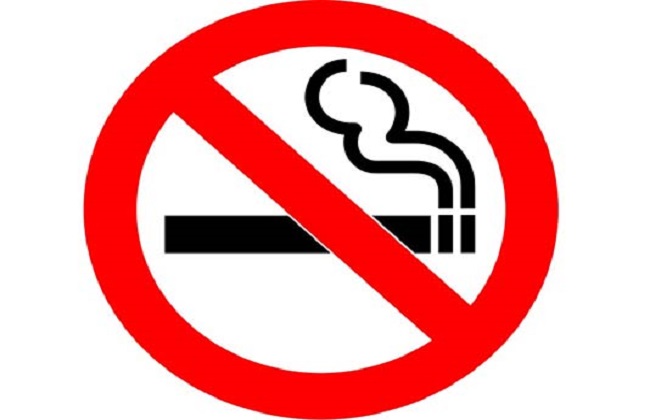
Non-smokers, especially women and children are getting exposed to serious health hazards due to reckless smoking by smokers.
Both women and children are victims of second-hand smoke in public places and public transport like buses, launches, trains, houses and restaurants in the country.
A research report of Nicotine and Tobacco Research Journal on June 19, 2024 showed that 92 percent of children in Bangladesh are exposed to ‘secondhand smoking’ or indirect smoking. Exposure to secondhand smoke is high in Dhaka due to unregulated smoking.
The use of tobacco, the report said, in Bangladesh is 35.3 percent. The smoking rate among adults is 18 percent. Bangladesh has enacted a law to ban smoking in open places, but enforcement of the law is weak.
Thus, the research team conducted a survey on 1,368 children aged 9-14 years at 34 primary schools in Dhaka who were victims of secondhand smoking. As part of this, children and their household residents were subjected to saliva tests and smoking patterns. It has been found that children who live with adult smokers have higher levels of exposure to secondhand smoke.
The leader of the research team, Professor Kamran Siddiqui of the University of York in the United Kingdom, said that it is important to advocate for smoke-free homes and cars to protect children from secondhand smoking, especially to make playgrounds, parks and fairgrounds frequented by children smoke-free.
ARK Foundation Professor Rumana Haque said the results of this study are really worrying. “If we can’t protect children from exposure to secondhand smoke, their risk of respiratory infections and related deaths will increase,” she said.
According to the Global Adult Tobacco Survey (GATS) 2017, 4.10 crore people in Bangladesh are exposed to secondhand smoke at home and 3.84 crore people in public transport and public places. A total of 42.7 percent of adults working in covered workplaces in Bangladesh were exposed to secondhand smoke. About 24 percent adults commute by public transport, 14.7 percent in restaurants and 36.2 percent were exposed to secondhand smoke in tea-coffee stalls.
The most alarming fact is that nearly 39 percent of adults are exposed to secondhand smoke at home. Every year, about 61,000 children suffer from various diseases caused by second hand smoke.
According to gynaecologists, cigarette smoke and toxic substances reduce the blood circulation of the unborn baby. This can lead to birth defects. Women who smoke have a higher rate of cleft lip and cleft palate than others. Direct or indirect exposure to maternal smoking also affects the postnatal period. Its adverse effects can make the child less intelligent, inattentive and hyperactive.
In this case, children may have various behavioral problems, which may later cause various problems in learning.
In the capital’s crowded areas, including bus stands, markets and railway stations, smokers smoke freely despite Bangladesh’s anti-smoking laws and jail-penalties. At the same time, various brands of cigarettes, bidis and other tobacco products are being sold openly. Hawkers sell tobacco products around Kamalapur railway station in the capital.
According to the World Health Organization, 1.3 million people worldwide die prematurely every year due to secondhand smoke or indirect smoking. There is no safe level of exposure to tobacco smoke. Tobacco smoke contains 7,000 chemicals, 70 percent of which are cancer-causing. Secondhand smoke is one of the leading causes of lung cancer, stroke and heart disease. A person exposed to secondhand smoke has the same risk of contracting a fatal coronavirus as a smoker.
According to the study ‘A Health Cost Approach’, the economic loss (medical expenses and loss of productivity) due to secondhand smoke in the fiscal year 2017-18 was about Tk 4,100 crore.


